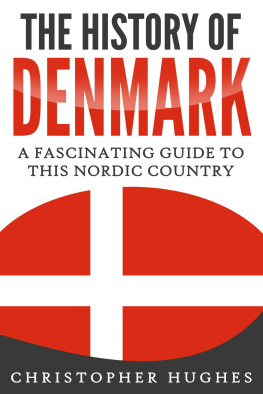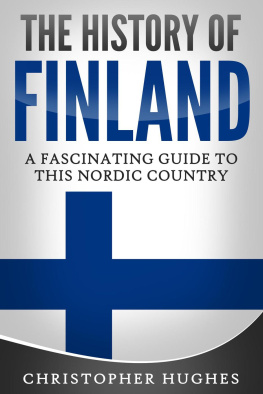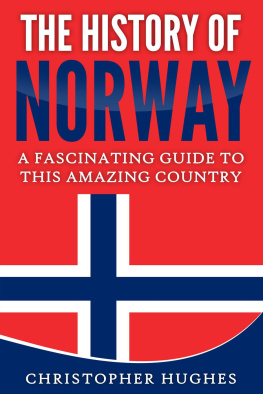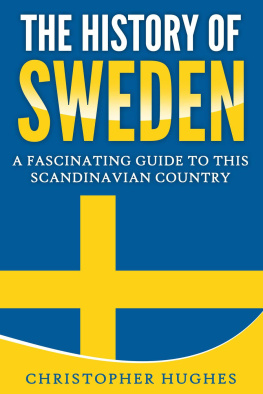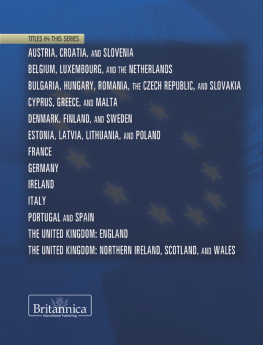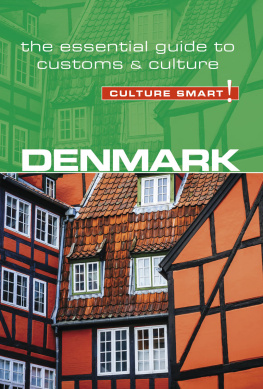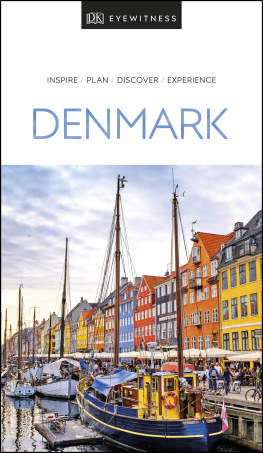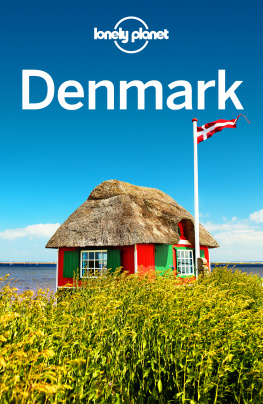The History of Denmark: A Fascinating Guide to this Nordic Country
By Christopher Hughes
Copyright 2020 - All rights reserved.
The content contained within this book may not be reproduced, duplicated or transmitted without direct written permission from the author or the publisher.
Under no circumstances will any blame or legal responsibility be held against the publisher, or author, for any damages, reparation, or monetary loss due to the information contained within this book. Either directly or indirectly.
Legal Notice:
This book is copyright protected. This book is only for personal use. You cannot amend, distribute, sell, use, quote or paraphrase any part, or the content within this book, without the consent of the author or publisher.
Disclaimer Notice:
Please note the information contained within this document is for educational and entertainment purposes only. All effort has been executed to present accurate, up to date, and reliable, complete information. No warranties of any kind are declared or implied. Readers acknowledge that the author is not engaging in the rendering of legal, financial, medical or professional advice. The content within this book has been derived from various sources. Please consult a licensed professional before attempting any techniques outlined in this book.
By reading this document, the reader agrees that under no circumstances is the author responsible for any losses, direct or indirect, which are incurred as a result of the use of information contained within this document, including, but not limited to, errors, omissions, or inaccuracies.
CONTENTS
| Ancient History |
| The Viking Age |
| Late Middle Ages |
| Lutheran Denmark |
| Tumult of the 1800s |
| Modern Denmark |
| War |
| Post-War Growth |
| Contemporary Denmark & Culture |
References |
D enmark, today, is famous for its high standard of living, beautiful scenery, and being one of the forty-four remaining monarchies active in the world today.Made up of a peninsula and almost 450 small islands and a population just below six million with an additional 100,00 between Greenland and the Faroe Islands it is today considered one of the most developed nations in the world, where citizens have access to all years of education, full healthcare services, public learning resources (such as libraries and other media), among other benefits. Along with being one of the few remaining constitutional monarchies, Denmark also has one of the longest verified monarchical lineages, with current Queen Margrethe II able to trace her family line all the way back to the children of Gorm the Old, the king in the mid-900s.
And yet, Denmarks history extends even before this point. Archaeologists, geologists, and historians believe that Denmarks peopled history began during the Paleolithic Period, approximately 120,000 years ago following the last great Ice Age. The first-known settlements archeologists have discovered were built by reindeer hunters circa 12,500 B.C.E. Within the next thousand years, true forests began to spread across the land, and early Danes hunted a variety of large game that migrated to the area. Population began to boom as elk, giant deer, and reindeer became more and more available, and evidence of further settlements start to arise. They prospered for nearly a thousand years before a final cold snap not quite intense enough to consist an ice age, but enough to eradicate much forest land and reinvigorate the tundra impacted the area from 11,000 9,300 B.C.E. This bottlenecked the hunter population until only few scattered tribes of reindeer hunters survived. During this period, Denmark was connected to mainland Europe with a land strip called Doggerland and what is now Sweden with a huge freshwater lake that has now been replaced by the Baltic Sea.
The end of this age constituted the start of the Mesolithic Period, which would last until 3,900 B.C.E. The forests returned, and with them bison, wild horses, aurochs (a now-extinct European wild ox), and elk. Both red and roe deer populations boomed the denser the forests became, and within a few thousand years the settled peoples turned most of their hunting attention towards them. People most often settled near lakes, as they offered easier access to water and fish, and provided a level of protection against invaders. This has proven incredibly beneficial to researchers today; over millennia, the lakes slowly turned into peat bogs, near-perfectly preserving a variety of the early settlers tools, weapons, food fragments, and even entire portions of living buildings. Archeologists have discovered axes made out of elk antlers, fishing harpoons made of elk bones, and small flint blades. During summer months, when people could gather fruit and other plants to supplement their diets, people appear to have split into smaller single-family groups, likely to help better manage a distribution of growing food (in gatherer societies, too many people in one small area results in over-gathering and exhaustion of resources, so spreading out ensures more people receive more food). In the winter months, when sustenance switched almost entirely to hunting and fishing, family groups would gather together into larger camps.
Denmarks first islands were formed during the Mesolithic Age, in a period known as the Atlantic Period in its second half, when the sea levels rose so drastically that northern Denmark was divided and subdivided into islands, with the beautiful fjords we see today cutting their way into the main peninsula. This sea level rise was caused by rising global temperatures slowly melting the glaciers that until this point had covered nearly all of Scandinavia. This separated tribes from each other, almost certainly changing the social flow of the previous society, and led to a greater reliance on fish, shellfish, and sealing as primitive water craft were likely utilized. Today, archeologists are able to determine where settlements were located by uncovering hills of oyster shells left by the early hunter-gatherers. Evidence of a functioning society with some level of ritual and belief practice has been proved by the discovery of graves from this period, where early Danes buried their deceased loved ones with respect. It was towards the end of the Mesolithic that evidence of the first ceramic products, largely bowls and jugs, that indicate settlers had the downtime, resources, and skills to produce and possibly trade finer goods.
The Neolithic Period, which lasted from circa 3,900 B.C.E. to 1,700 B.C.E. brought with it agriculture and the herding of large animals, instead of just hunting. Danes grew barley, wheat, and now raised and tended the aurochs as well as sheep, goats, and pigs. Farming came slightly late to Denmark northern Germany had boasted farmers for some thousand years already, but Danish farming was adopted form their Swedish neighbors, specifically the Funnel Beaker culture. The Funnel Beakers also had access to flint and a variety of tools already used for farming, which were traded back and forth in dug-out canoes. Large, much more permanent settlements were built, with long houses that reached up to forty-four meters in length (about 144 feet long). Many were even surrounded by dirt palisades or flooded moats redirected from nearby water sources.
Next page
